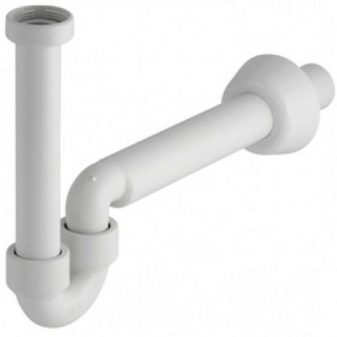Tips for choosing a bidet siphon
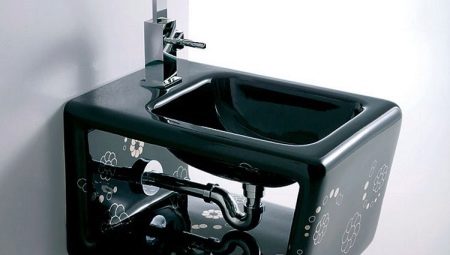
Mounting devices in a bathroom can be a hassle. This is due to the water supply system to which the structure needs to be connected. Modern devices not only make bathrooms more attractive, but also more comfortable. The siphon is one of the drain elements, without which the correct functioning of the equipment, including the bidet, is impossible.
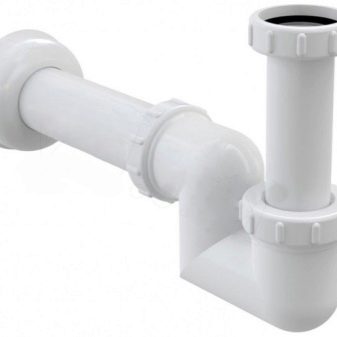
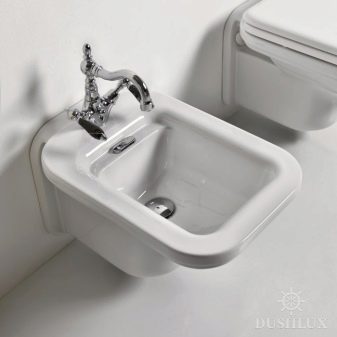
Varieties
This device is found in several forms:
- bottled;
- tubular.
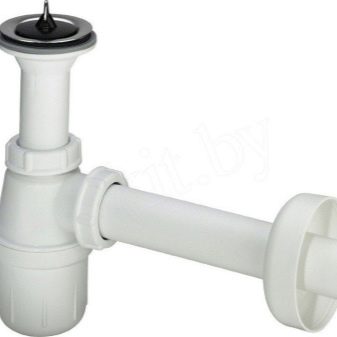

Depending on the material, it can be:
- plastic;
- steel;
- brass;
- from a flexible corrugated hose, which consists of plastic.
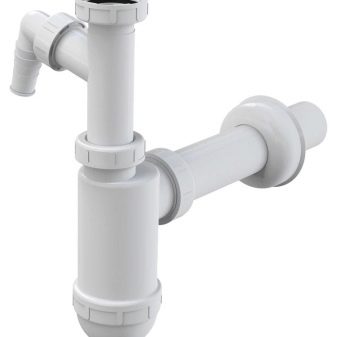
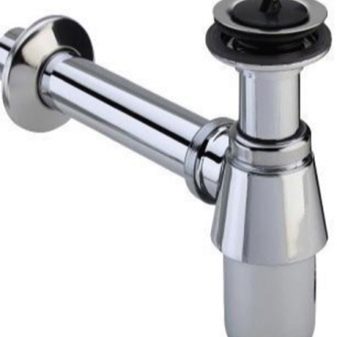
The bottle look differs in that it has the shape of a simple bottle. These models are more efficient and cheaper, which makes them more profitable to operate. In the bottom part of such siphons there are objects that have got there randomly.
The tubular view is made in the shape of the letter S. Its structure is complex, which makes installation more difficult.
The material can be selected at the discretion of the buyer. Most often, people choose plastic models because it is durable and more functional.
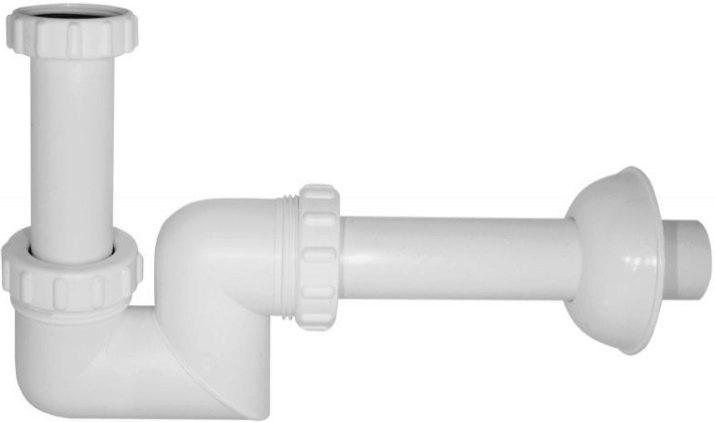
Which to choose?
Make your choice based on the size you need. Bidet siphons differ from any other siphons in that they have large dimensions. For this reason, placing a bidet in a small bathroom will be problematic.
Pay attention to bandwidth. It should be equal to the speed of the waste water to be discharged.
To attach a siphon, threads are usually used, but there are also types of bidets that provide for other types of fastening.
To choose a copy for yourself, do not forget about such things as: the option of installing a bidet (open or covered), the size of the drain pipe, the type of drain and its diameter.
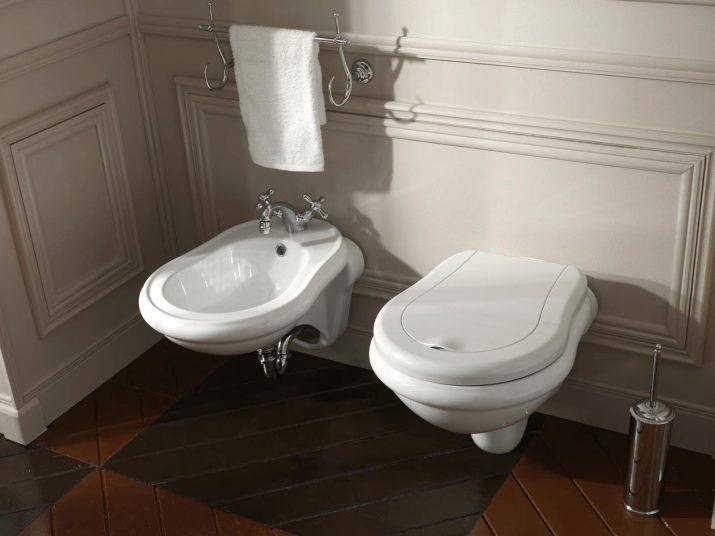
Some manufacturers (Viega, Kludi, Bandini, Begerit, Alcaplast) have siphons in which not one, but several water traps are installed. Such models eliminate the sewage odor to a minimum. They look like a coil. They are often used for indoor installations.
If the installation is carried out in an open state (when all the internal parts are visible), then metal options will look more attractive. They can have a chrome finish.
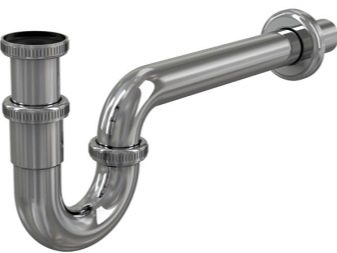
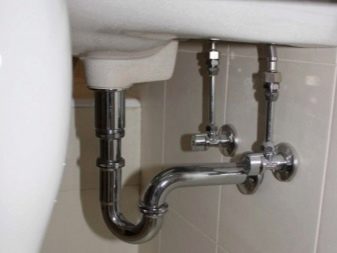
The type of installation should also be chosen at your discretion. Plastic siphons are less attractive and people tend to hide them with a decorative case. The chrome-plated models add elegance to the bathroom. These can be safely installed in open installation.
If you buy a siphon in a store, then make sure you have the documentation. This technique should be of high quality and serve you for a long time so that you do not change it often.
At the moment, there are many models that differ in price.
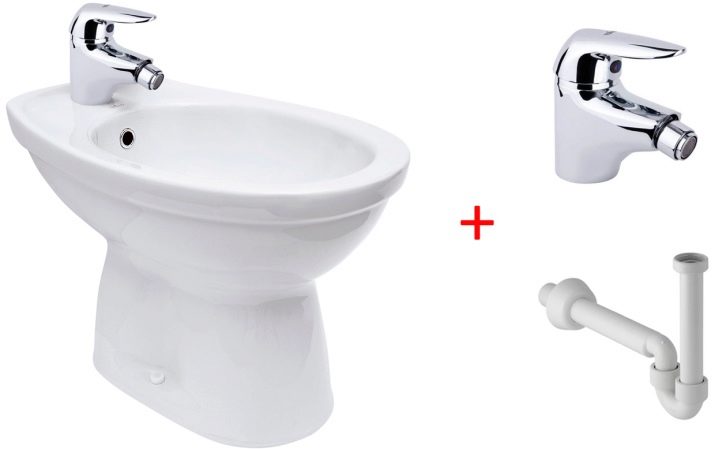
Installation rules
All connections must be sealed during installation.
The elbow with a large bend is a feature of the bidet so that it is possible to drain a large amount of water... The thread at the connecting part is often 1/4 in diameter. However, some bidets are sold with a siphon already fitted. This type of construction only needs to be connected to the sewage system, and this is done directly.
Install the siphon strictly according to the instructions, as incorrect installation may cause malfunction of the device. It can also damage the tiles. At best, incorrect installation will only require the purchase of new parts.
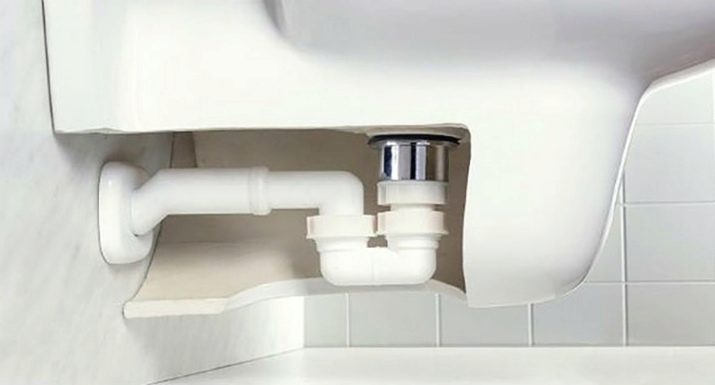
The installation of the siphon during the installation of the bidet occurs step by step.
- The grate is screwed in from the side of the drain hole.
- On the reverse side of the bidet, the receiving part is connected, then the connection takes place. It can be done with nuts, but only assembly nuts.
- It is advisable to tighten the nuts manually.
- The drop end is installed in the same way. It must be attached to the socket of the sewer pipe. It is advisable to seal this connection with a sealant or tow made of tow.
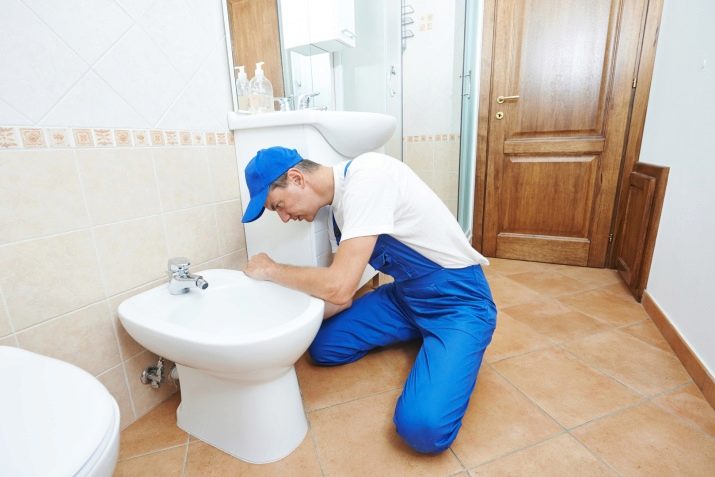
Bottom valve
It is worth paying attention to this design. Its peculiarity can be called constipation of water in the device and holding the drain until the desired moment. To operate a device with this valve, you need to use a special mechanism, it can be a button or a lever. They can be on the top, side, or back of the device. When the bottom valve is activated, the plug moves, which blocks the access of water to the drain.
The advantages of the bottom valve include:
- modern appearance;
- easy operation;
- hygiene;
- efficiency in clearing clogging;
- saving a lot of water.
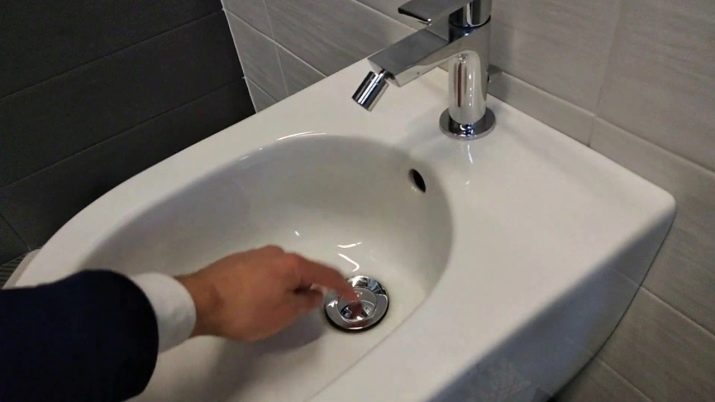
Modern types of bottom valves allow them to be installed in any style of washroom. There are many different colors and shades. This is a plus for those who have a bathroom in a specific color scheme.
Installing a bidet with a siphon
When the bidet and its internal parts (mixers, valves, siphon) are ready for installation, then you will need to follow a specific sequence of steps.
- Place the bidet in the desired location... If, for some reason, you purchased a device of the wrong dimensions or the location does not correspond to the general design concept, then move it to another area of the bathroom or purchase longer hoses.
- Use a hammer drill to drill holes... They must be noted in advance. If the bathroom floor is made of tiles and you are afraid that the hammer drill may ruin it, then use low revolutions while working.
- Remove any excess drilling debris... Then attach the bidet. Bolts or dowels are used as fasteners.To make their work effective, place rubber gaskets under them.
- Next is the connection to the sewer. It is advisable to prepare the pipes in advance. To do this, you need to organize the correct wiring of communications.
- After connecting the sewer, it will remain connect cold and hot water.

In case of unsuccessful attempts to install the structure yourself, it is better to trust the specialists. The installation of the bidet is connected to the sewerage system, and any malfunction can harm the bathroom.
A competent plumber will perform all the difficult work with high quality, and you will not need to fear possible problems in the future.
For how to install a bidet, see the next video.
Manufacturers
Customer reviews help to compose a list of companies that sell high quality siphons (let's go in ascending order of price):
- Viega (plastic) - RUB 60–65;
- Alcaplast - 590-680 rubles;
- Geberit - 590-690 rubles;
- Hansgrohe - RUB 1,500;
- Kludi - 800–1000 rubles;
- Viega - 850-1050 rubles;
- Grohe - 1600-1900 rubles;
- Bandini - 2,800-2,900 rubles;
- Migliore Ricambi - 2900-3100 rubles;
- Bugnatese - 3900-4000 rubles.
